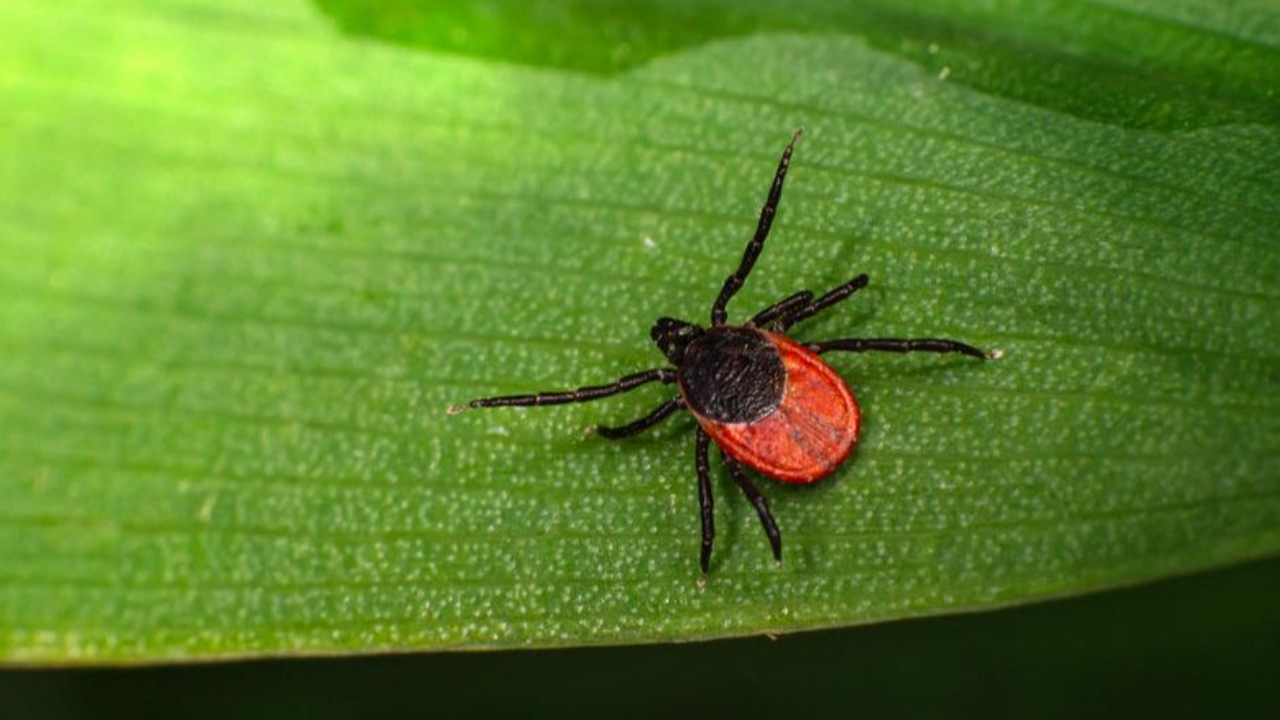Where Do Ticks Hide? The Most Unusual Places Ticks Are Found
Oct 10, 2023
About 475,000 new cases of Lyme disease are diagnosed each year, stemming from tick bites. Some estimates suggest that the number of cases of Lyme disease is eight to twelve times higher than what's reported in statistics.
Of course, the fear of Lyme disease comes from a tick bite that causes the disease. Where do ticks hide? Understanding this is key to avoiding them getting on you or your pets.
Read on to learn more about where ticks hide.
Where Do Ticks Hide on Dogs?
You hear most commonly about dogs who have ticks on them. It's the reason most dogs take flea and tick prevention medications.
If your dog picks up a tick while outside, the tick will move and look for a good place to hide.
It's pretty common for the tick to hide:
- Between pet toes
- Around and inside the pet ears
- At the base of the pet's tail or groin area
- Scruff on the pet's neck
Where Do Ticks Hide on Humans?
In the same way that dogs can pick up ticks, humans can do the same. Once the tick is on the human, they will look for a dark and moist place where they can bite.
On humans, a tick might hide:
- Around or in the ears
- Inside a belly button
- Under the arms
- In the back of the knees
- In hair
- Between the legs
Where Do Ticks Hide in the House?
There's a misconception that you can avoid ticks if you avoid going outside. Ticks can get inside your house too, and get on you or your pets.
If you're in an area where tick populations are high and you want to check your house, this is where you should look.
Ticks like to nestle along baseboards, between the board and the flooring. They will settle there, waiting to get on a living thing.
It's also common to find ticks in your home in areas where your pets commonly stay. They may come in on pet fur and end up in the house.
Finally, look for ticks hiding in curtains, especially along the base.
Where Do Ticks Hide Outside?
Most people know that they can run the risk of picking up ticks outside. Ticks like to hide close to the ground in moist and shady areas.
Ticks will also hide in shrubs and bushes, waiting to get themselves onto a pet or human.
The edge of wooded areas and gardens also has a higher ticks risk. For this reason, if you can, adding a three-foot barrier of wood chips around your property helps to minimize ticks and rodents carrying those ticks coming into your yard.
Tick Bite Risks
Ticks, even infected ones, usually do not transmit disease immediately. However, more recently researched spirochetes can transmit disease within an hour! In many cases, a tick that will transmit disease needs to be attached to its prey for at least a few hours before there's the risk of disease. It is important to watch for signs of a tick bite and act quickly.
Even if you're using tick-repellent products on your pets or in your yard, it's important to note they take some time to be effective, lose efficacy over time and with water exposure or sweating. So, you may still find a tick even after using these products. It's important to stay vigilant in watching for the ticks.
Protect Yourself from Tick Risks
Where do ticks hide? They hide in places where it might be easy to get onto a pet or a human. Being watchful and keeping grasses and shrubs trimmed back, using the barrier of wood chips and applying natural repellants can help avoid picking up the ticks.
Dr. O'Hara specializes in treating chronic or recurrent infections like Lyme disease. If you're a parent looking for help with the diagnosis and treatment of Lyme diseases, PANS, PANDAS, or BGE, contact us today to learn about your options for care.



